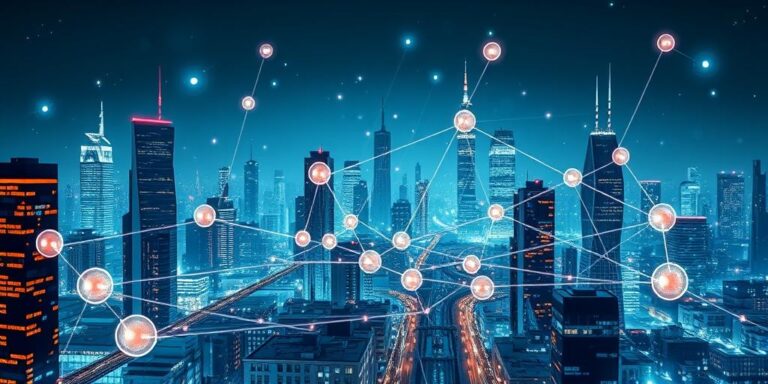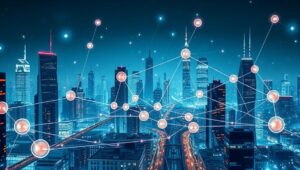Interoperability Challenges in the IoT Ecosystem (Solutions for 2025)
The Internet of Things (IoT) has exploded in recent years, connecting billions of devices and transforming industries. However, this rapid growth has introduced significant interoperability challenges. Different devices, platforms, and protocols often struggle to communicate seamlessly, hindering the full potential of IoT. This article explores these challenges and examines potential solutions for achieving greater interoperability by 2025.
What is Interoperability in IoT?
Interoperability refers to the ability of different IoT devices and systems to exchange and use information. In a truly interoperable environment, devices from various manufacturers can work together, regardless of their underlying technology or communication protocols. This allows for more efficient data collection, analysis, and automated decision-making.
Key Interoperability Challenges
Several factors contribute to the interoperability challenges in the IoT ecosystem:
- Diverse Communication Protocols: IoT devices use a wide range of communication protocols, such as Wi-Fi, Bluetooth, Zigbee, Z-Wave, and cellular. These protocols are often incompatible, making it difficult for devices using different protocols to communicate.
- Lack of Standardized Data Formats: Even when devices can communicate, they may use different data formats and structures. This makes it challenging to interpret and analyze data from different sources.
- Security Concerns: Interoperability can increase the attack surface for security vulnerabilities. When devices from different manufacturers are connected, a vulnerability in one device can potentially compromise the entire system.
- Vendor Lock-in: Some manufacturers intentionally create proprietary systems that are difficult to integrate with other devices or platforms. This can limit user choice and hinder innovation.
- Evolving Standards: IoT standards are constantly evolving, which can create compatibility issues between older and newer devices.
Potential Solutions for 2025
Addressing these challenges requires a multi-faceted approach involving standardization, open-source initiatives, and technological advancements:
- Standardization Efforts: Industry organizations and consortia are working to develop and promote open standards for IoT. These standards aim to define common communication protocols, data formats, and security requirements. Key standardization efforts include:
- Matter: A unified application-layer connectivity standard for smart home devices, aiming to provide seamless interoperability across different ecosystems.
- OneM2M: A global standards initiative for M2M and IoT, providing a common platform for various industries and applications.
- Open-Source Platforms and Frameworks: Open-source platforms and frameworks can facilitate interoperability by providing a common foundation for developers to build and integrate IoT solutions. Examples include:
- Eclipse IoT: An open-source project providing a comprehensive set of frameworks, tools, and components for building IoT solutions.
- ThingsBoard: An open-source IoT platform for data collection, processing, visualization, and device management.
- Protocol Gateways and Bridges: Protocol gateways and bridges can translate between different communication protocols, enabling devices using different protocols to communicate with each other.
- Data Abstraction Layers: Data abstraction layers can provide a common interface for accessing data from different sources, regardless of the underlying data format or structure.
- AI-Powered Interoperability: Artificial intelligence (AI) can play a role in automatically discovering and resolving interoperability issues. AI algorithms can analyze data from different sources and identify patterns that indicate incompatibility. AI can also be used to translate between different data formats and communication protocols.
The Path Forward
Achieving true interoperability in the IoT ecosystem requires collaboration between industry stakeholders, including manufacturers, developers, and standards organizations. By embracing open standards, promoting open-source initiatives, and leveraging technological advancements, we can create a more connected and interoperable IoT environment by 2025, unlocking the full potential of this transformative technology.
Conclusion
Interoperability remains a critical challenge in the IoT landscape. However, with ongoing efforts in standardization, open-source development, and technological innovation, the industry is moving towards a more seamless and interconnected future. By 2025, we can expect significant progress in overcoming these challenges, paving the way for a truly interoperable IoT ecosystem that benefits businesses and consumers alike.




